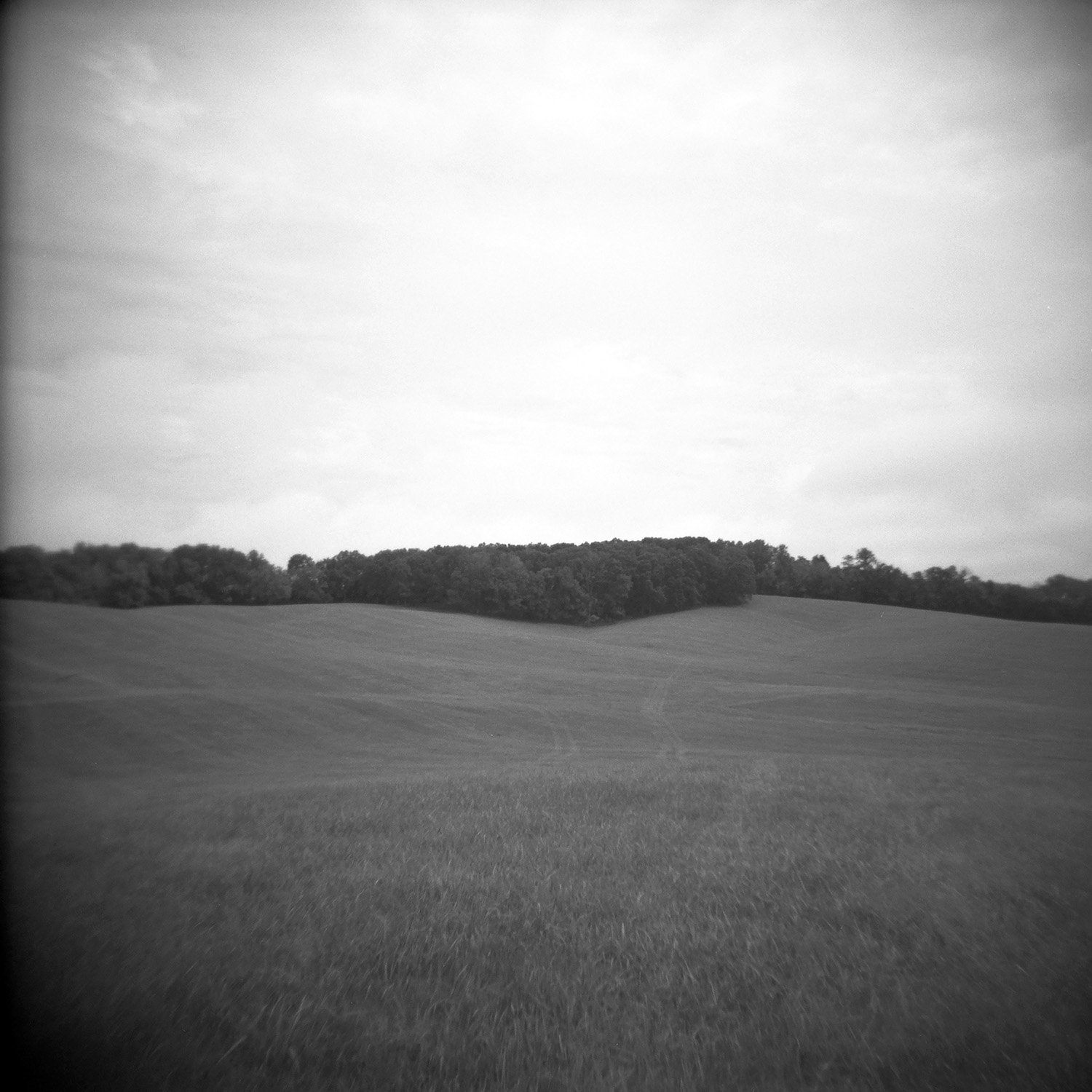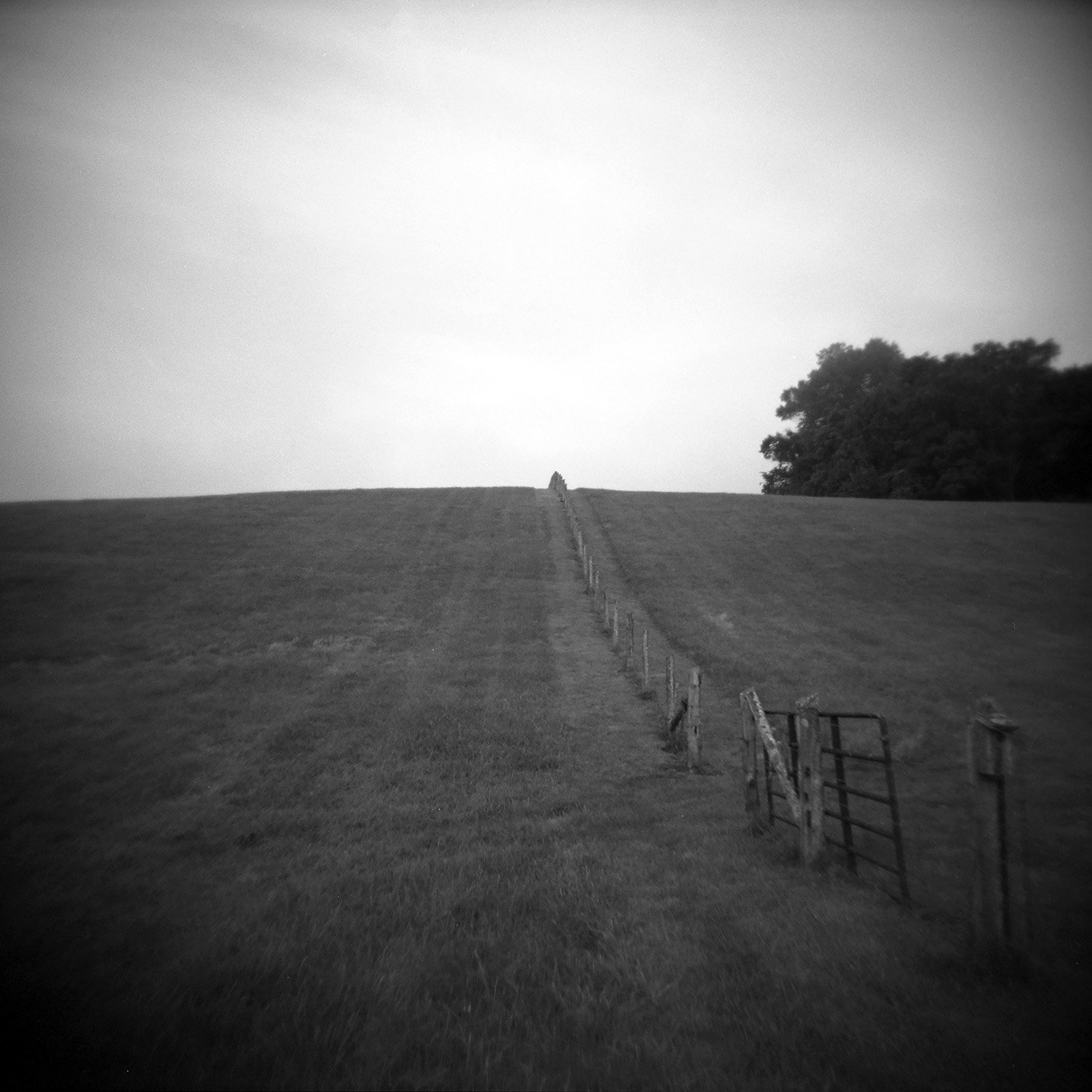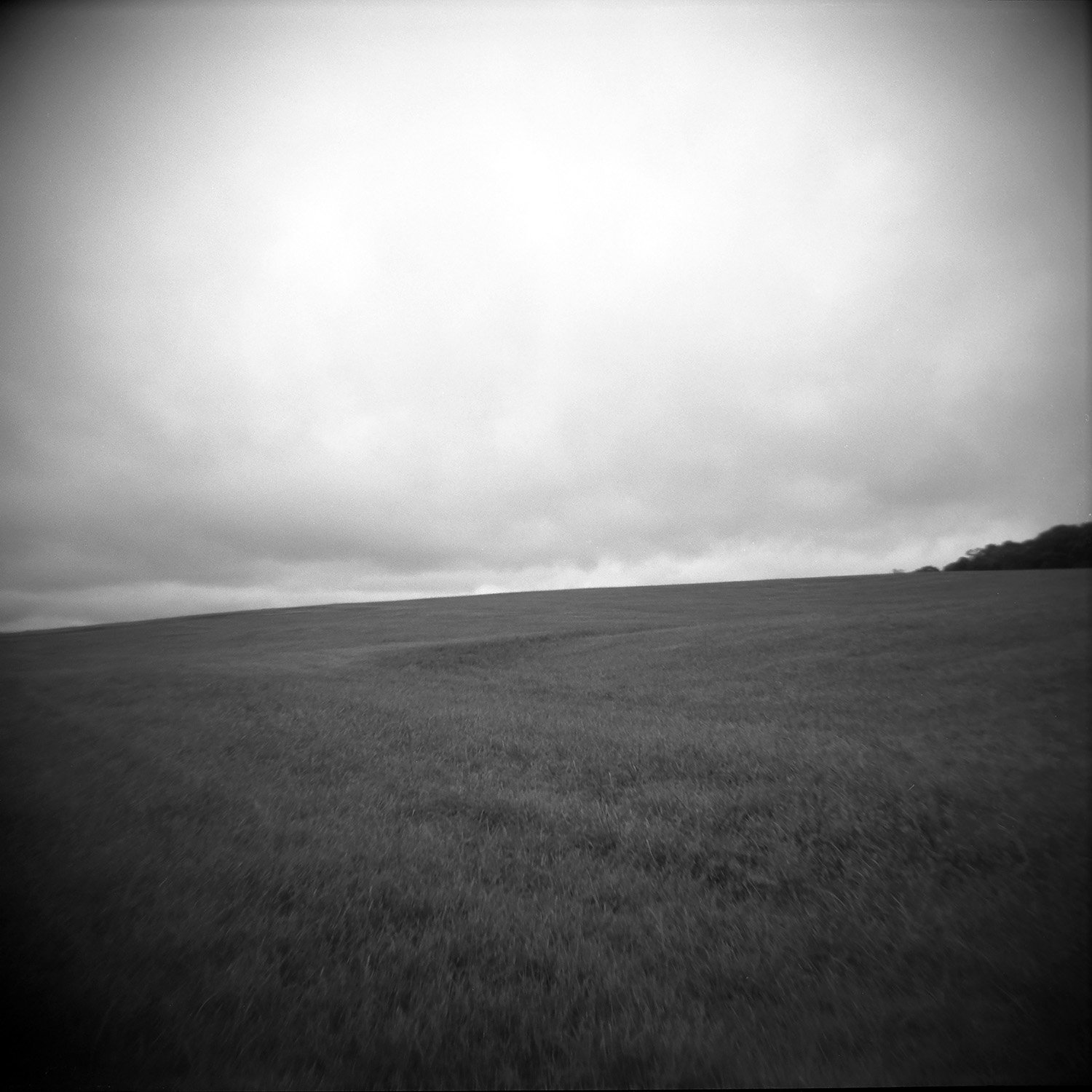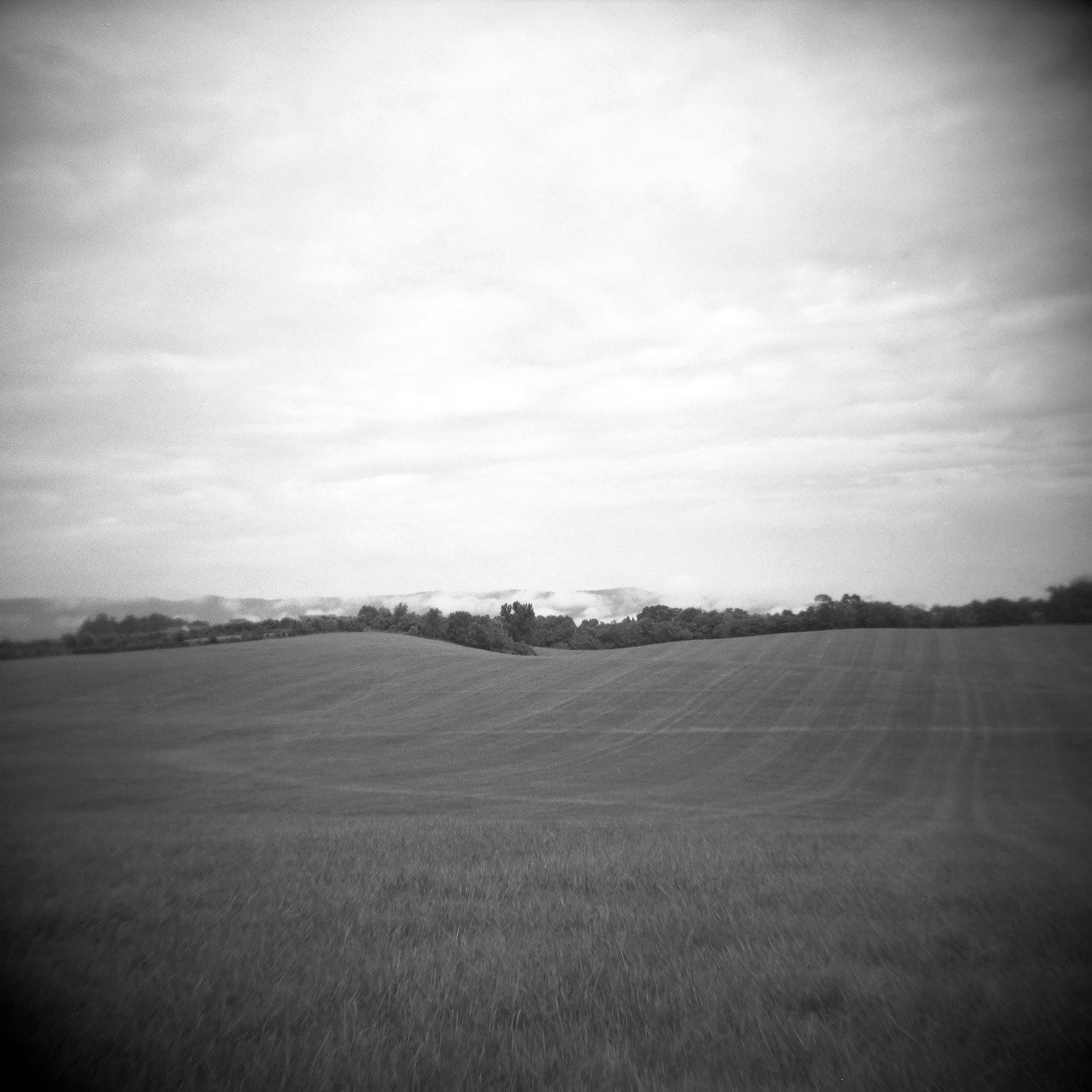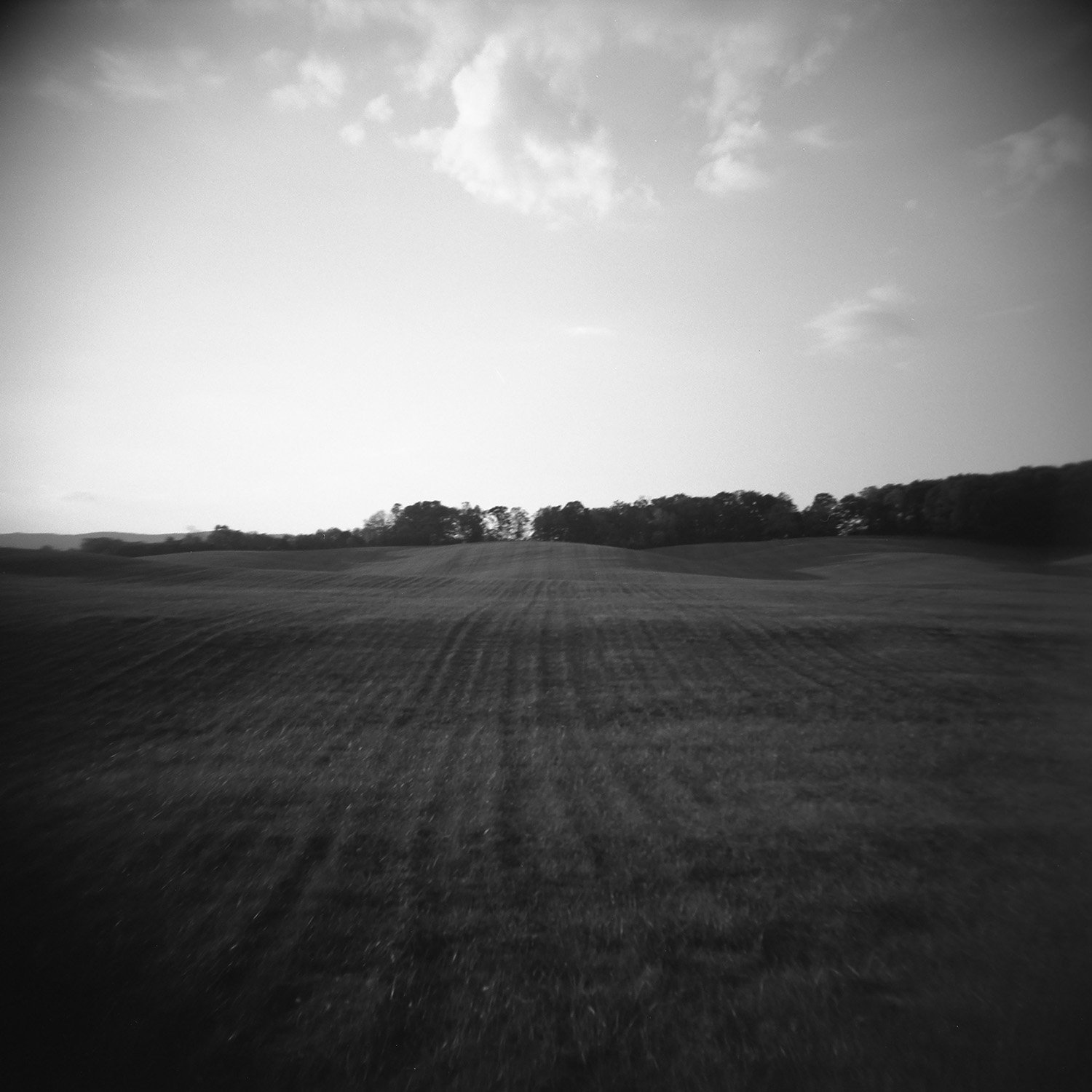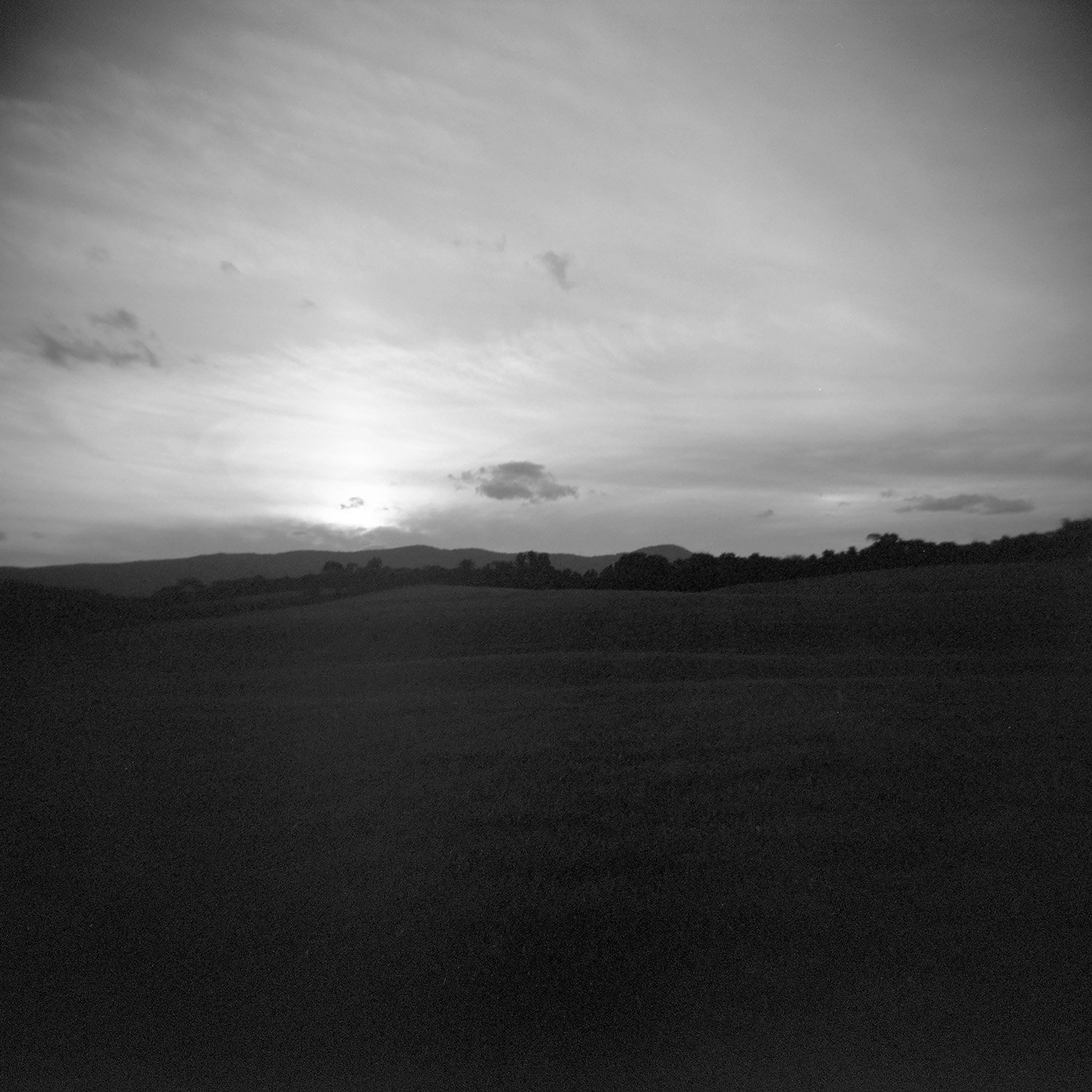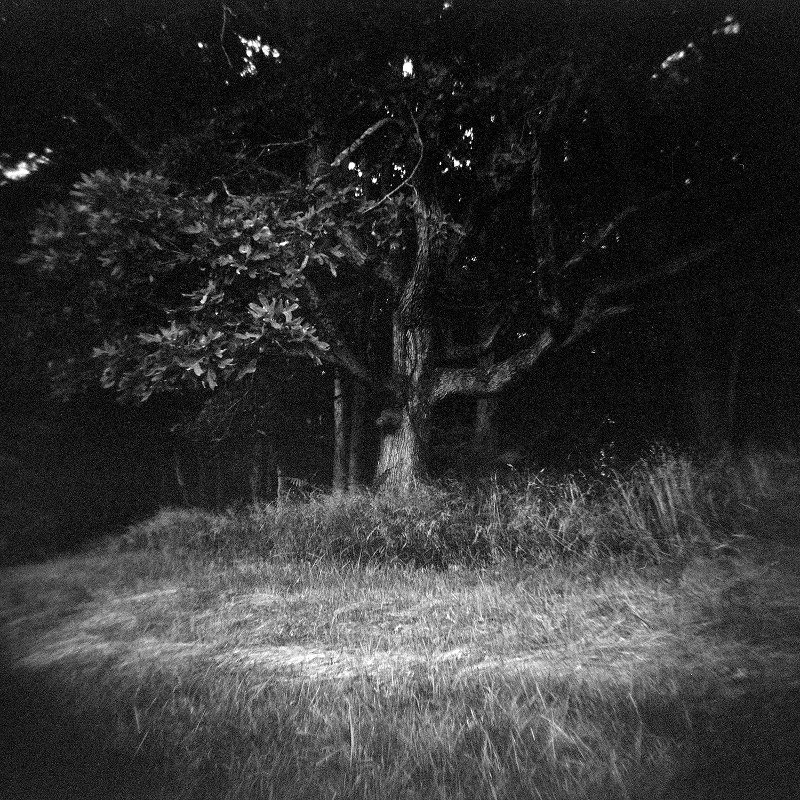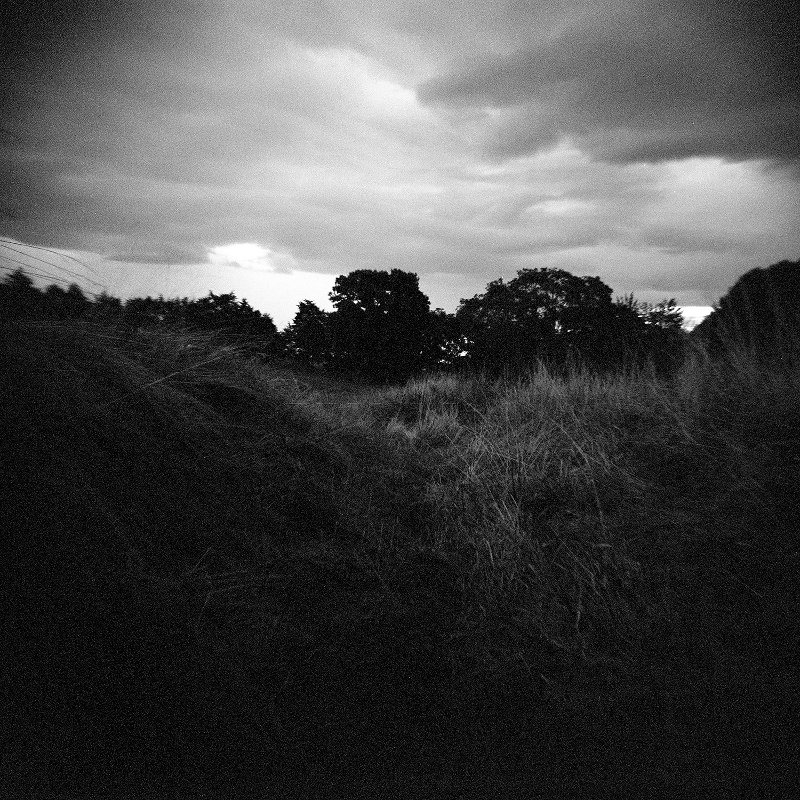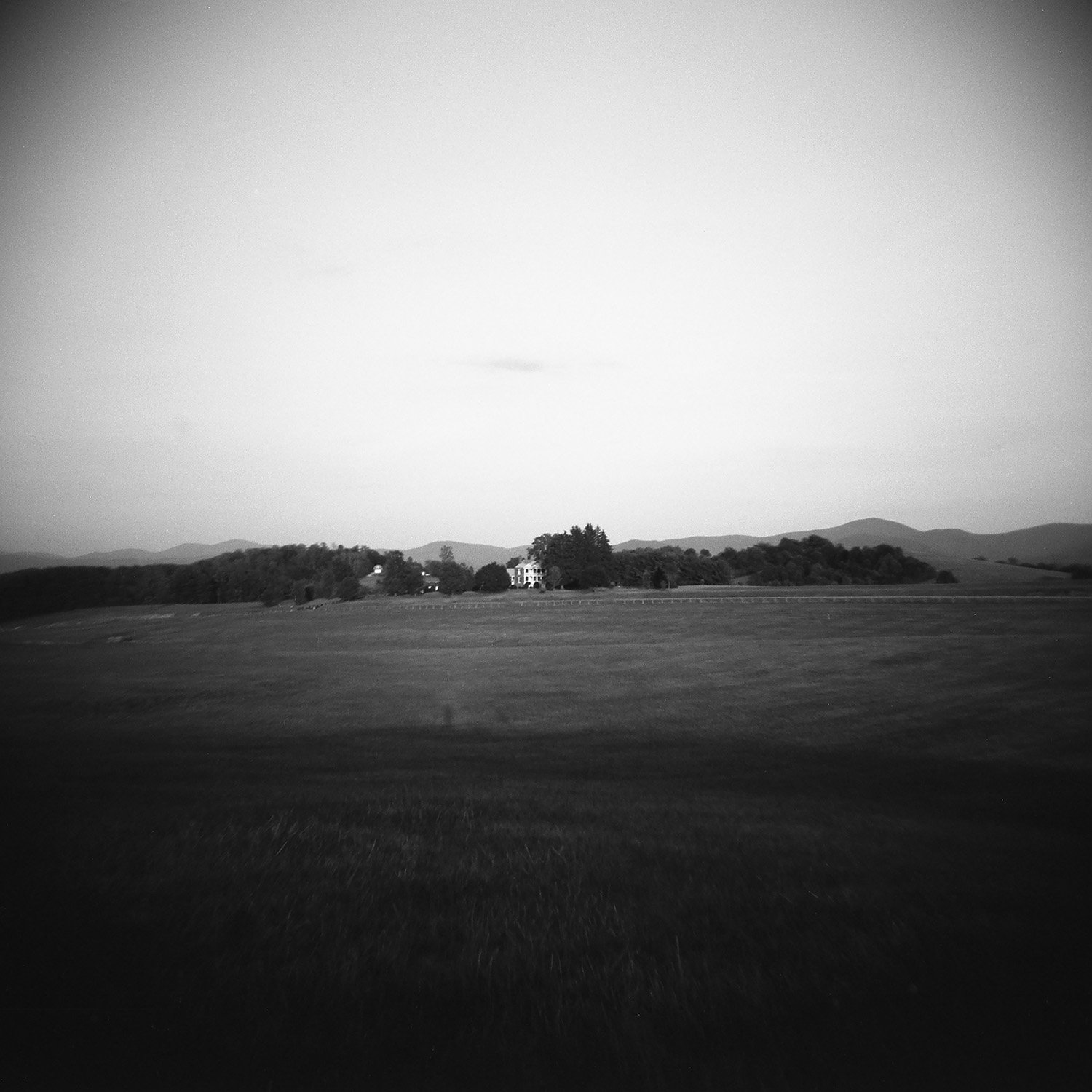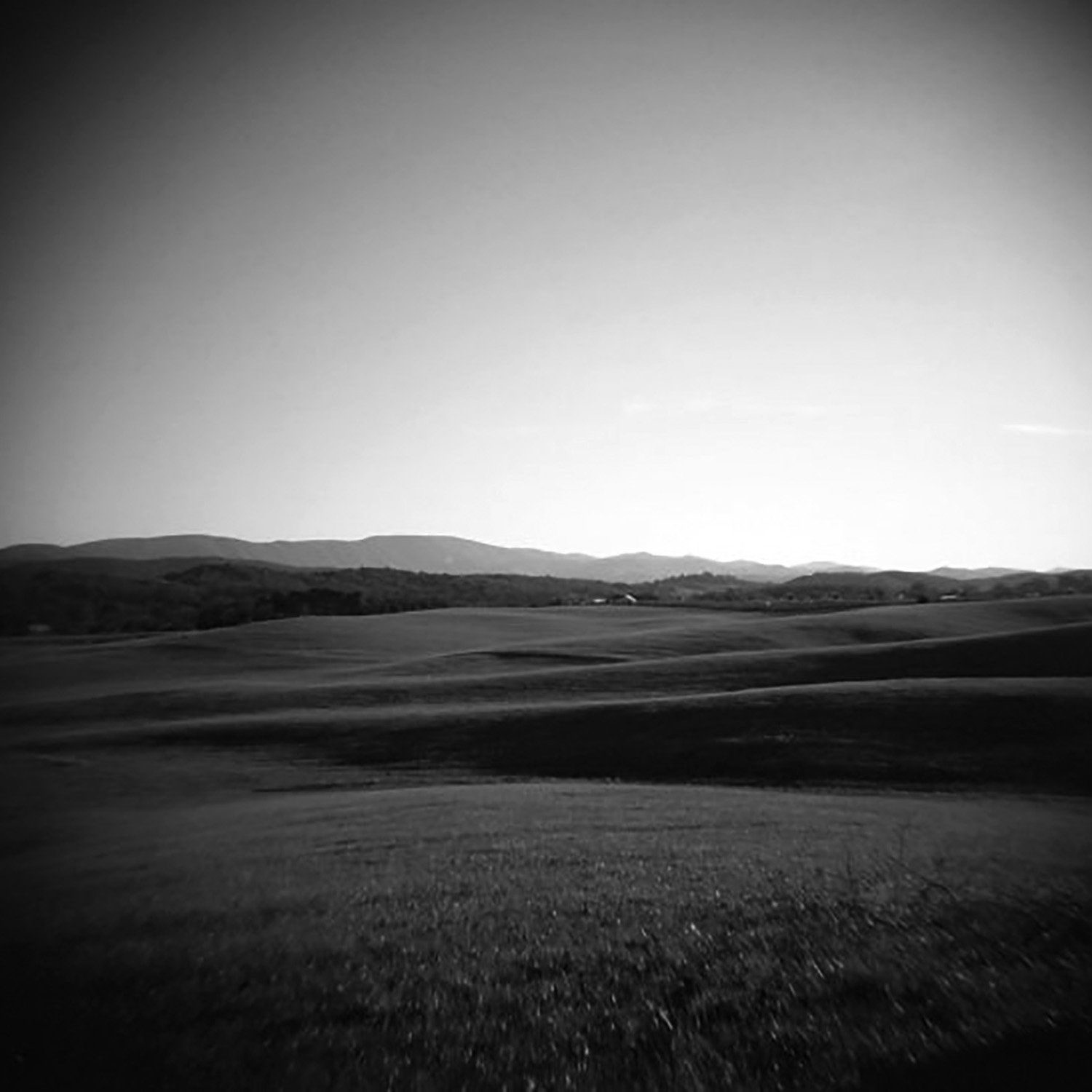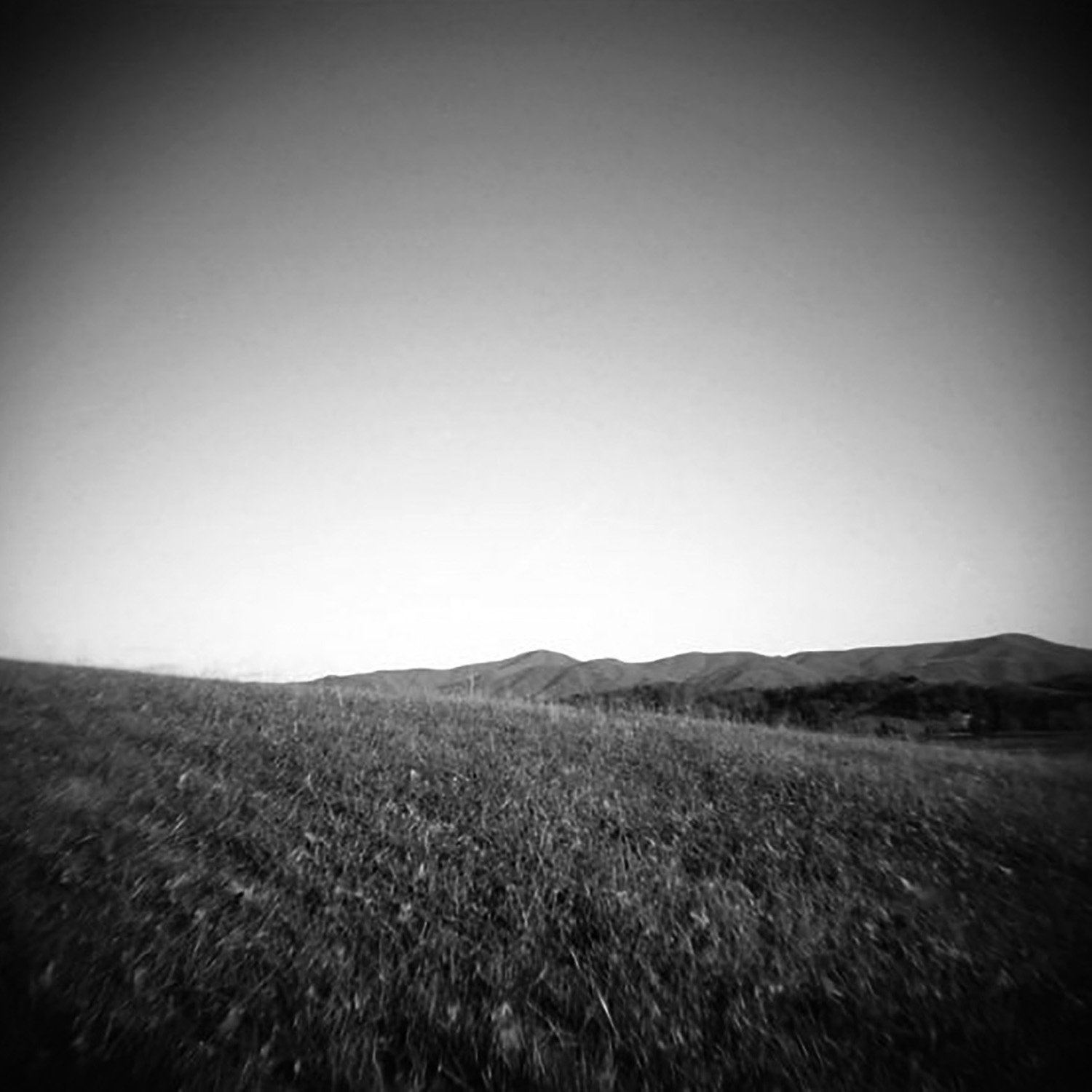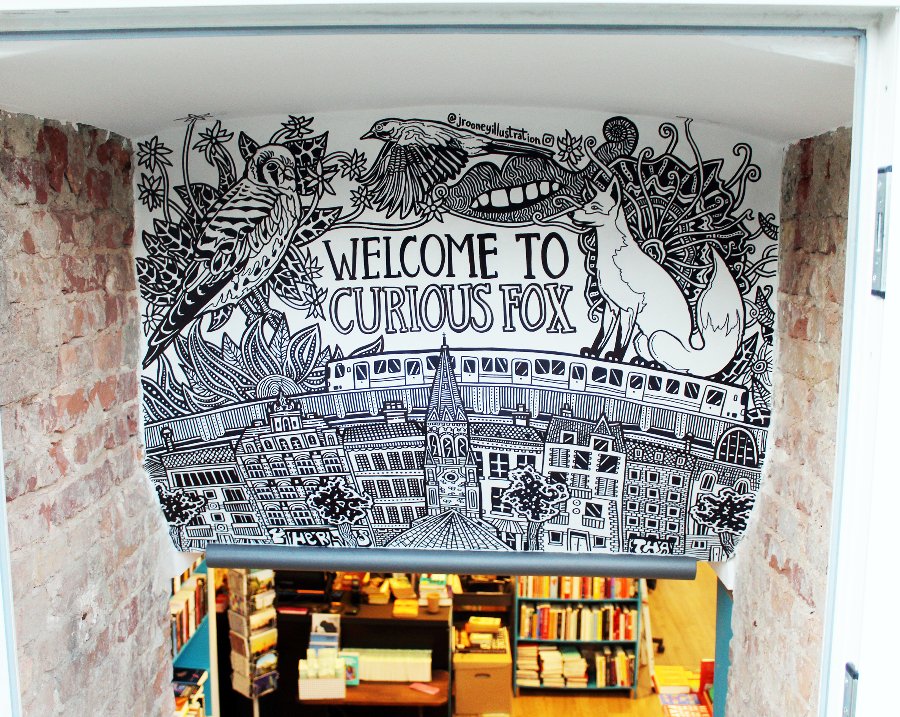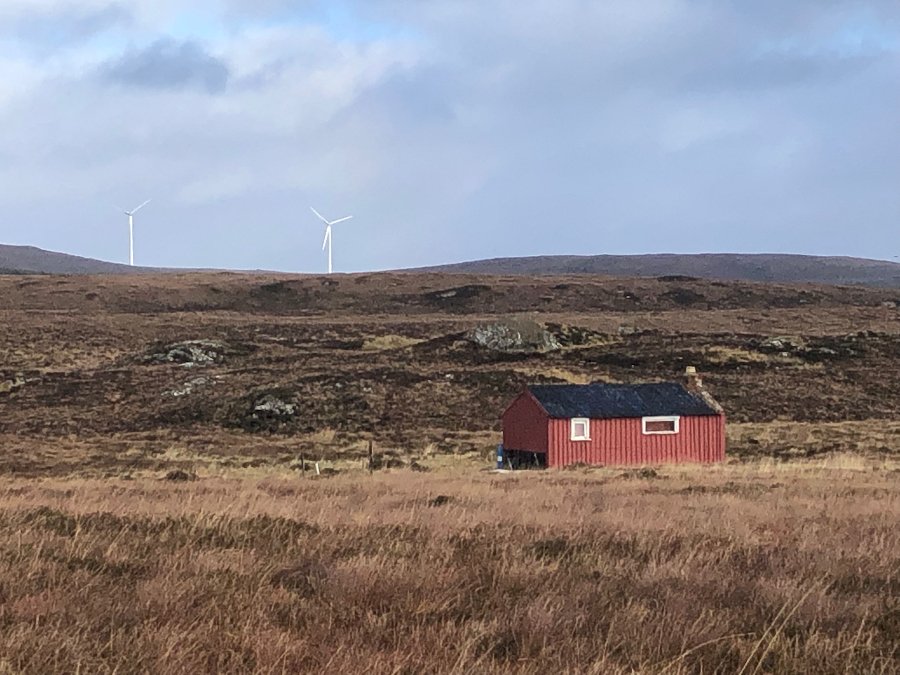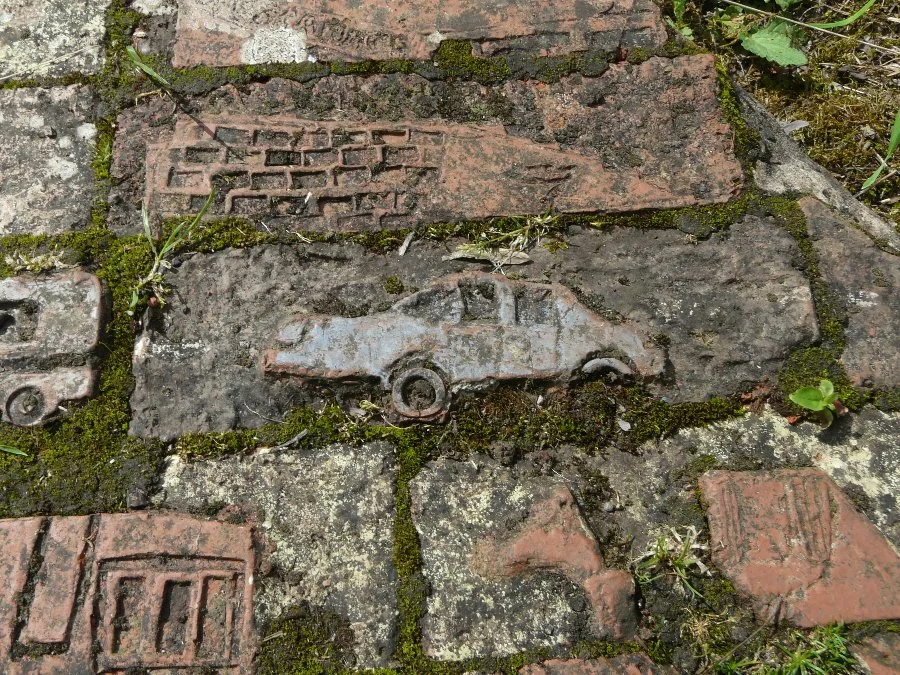Beachy Head: trauma and transformation
/By Julius Smit:
I'm standing on Beachy Head, a chalk headland rising to 531 feet/162 metres above sea level and despite intermittent spring sunshine, there's a sharp wind coursing over the wide open space. Beachy Head is known as the highest chalk sea cliff in Britain. It's found west of Eastbourne in East Sussex, on the south-east coast of England. The name originates from the corrupted French beau chef meaning 'beautiful headland.' The writer and walker Richard Jefferies wrote about the place in 1883 in an article aptly named The Breeze on Beachy Head. 'The great headland and the whole rib of the promontory is wind-swept and washed with air; the billows of the atmosphere roll over it.' I agree. I too am wind-swept and washed with air. The headland is visited and walked on all year round, more in good weather than in bad, but even in November mists or strong February winds, the site can make you refocus on yourself and your sense of existence. It can turn you inside out.
Local inhabitants and visitors from all over the globe are attracted to the area for its space, height and the views: to gaze out across the light of the English Channel with a post-Brexit vision, to imagine the land mass of Europe beyond the horizon. It's a place of meeting and transience, evocation and conversation. It's also a darker place given the number of people who come here to end their lives. On average twenty people a year throw themselves over the edge. On one of my previous walks up here a man with tears in his years walked past me and muttered that someone had gone over. Division of land masses, division of existence.
The Beachy Head Chaplaincy Team, set up in 2004, is a volunteer led organisation whose members are trained in skilled crisis intervention support. Members take regular patrols along the length of this coastline ready to save lives and help anyone in need. I often see them on their walks dressed in their high-viz jackets. The headland is an 'edge place', physically and psychologically, signified by the number of wooden signs conspicuously announcing in stark white lettering 'Cliff Edge'. In the past, friends and relatives used to leave bunches of flowers with written card notes attached to the thin wire fence which runs at intervals alongside the cliff edge. Sometimes, small crosses have been placed in the ground near to the spot from where the deceased person jumped. In 2018, Eastbourne Borough Council decided in its wisdom to remove these memory tokens and shrines, no doubt in a move to counter a site favoured for suicide in favour of encouraging more positive tourism.
On this Sunday afternoon I feel pivoted between air, land and sea, and I think of Caspar David Friedrich's painting Wanderer above the Sea of Fog for not only seeing what's around me but also what's within me. Admittedly there's no fog to be seen, but the vast sky with its scudding clouds makes me feel insignificant on the land's design.
A road not far away runs past the Beachy Head public house, the Countryside Centre with its shop and rotating exhibitions and a large car park. A public telephone box bears a prominent sign stating that the Samaritans are always there, night and day, to receive your call. They are there to listen. Listening. At the beginning of the Cold War, Beachy Head was chosen as a strategic site for a government radar installation. An underground bunker was built and by 1954 the 'looking and listening' site was fully operational. It was only around 1960 when decisions were made to wind down the activity that the complex was eventually demolished.
Although concrete slabs and grass have now covered over most of the surface evidence, traces of the operation are still around if you know what to look for. As I walk around I notice a ring of metal barriers with Keep Out notices has been erected around a grassy mound, part of which has been ripped apart exposing smashed concrete slabs. I go closer to investigate and can just make out a narrow flight of rusty metal rung steps leading down into an underground darkness, no doubt once an entrance to an operations room monitoring codes and signals. It's not only the height I must be aware of, but also what's under my feet.
There's more to the breeze on Beachy Head than is realized, as it's one of the prevailing natural forces which continue to batter and pummel at the chalk cliff, wearing away half a metre of land a year. Regular news reports in the local press announce alarming splits near to the cliff edge, followed later by reports of large rock falls onto the beach below. Emergency barriers are then erected and the Cliff Edge signs are moved once again. The visitors walk around and the land moves. All notions of stability are questioned on this 'edge place.'
During WWII, Beachy Head was the last land formation many aircrews saw on their missions to occupied Europe. To mark their operations a large memorial block of granite has been placed on the headland with images and inscriptions relating to the work of the squadrons. Now, in place of aircraft, there are regular meetings of a paragliding club whose members are often seen exploiting thermals, floating and soaring above a once defensive landscape, attached to their curled coloured fabric wings like surreal insects. I've often heard their 'music' as they swished above me.
I'm not tempted today by the ice-cream van parked strategically in one corner of the car park. It has a small queue of customers desirous of icy satisfaction. I turn away and start on my walk back home. On the way down I spot a discarded plastic printed arrow, black on yellow, a reminder of last year's annual autumn Beachy Head Marathon. Yes, add runners to the mix. All is movement, all is flux.
***
Julius Smit is a photographer, poet, zine maker and a member of the Walking Artists Network - Website




